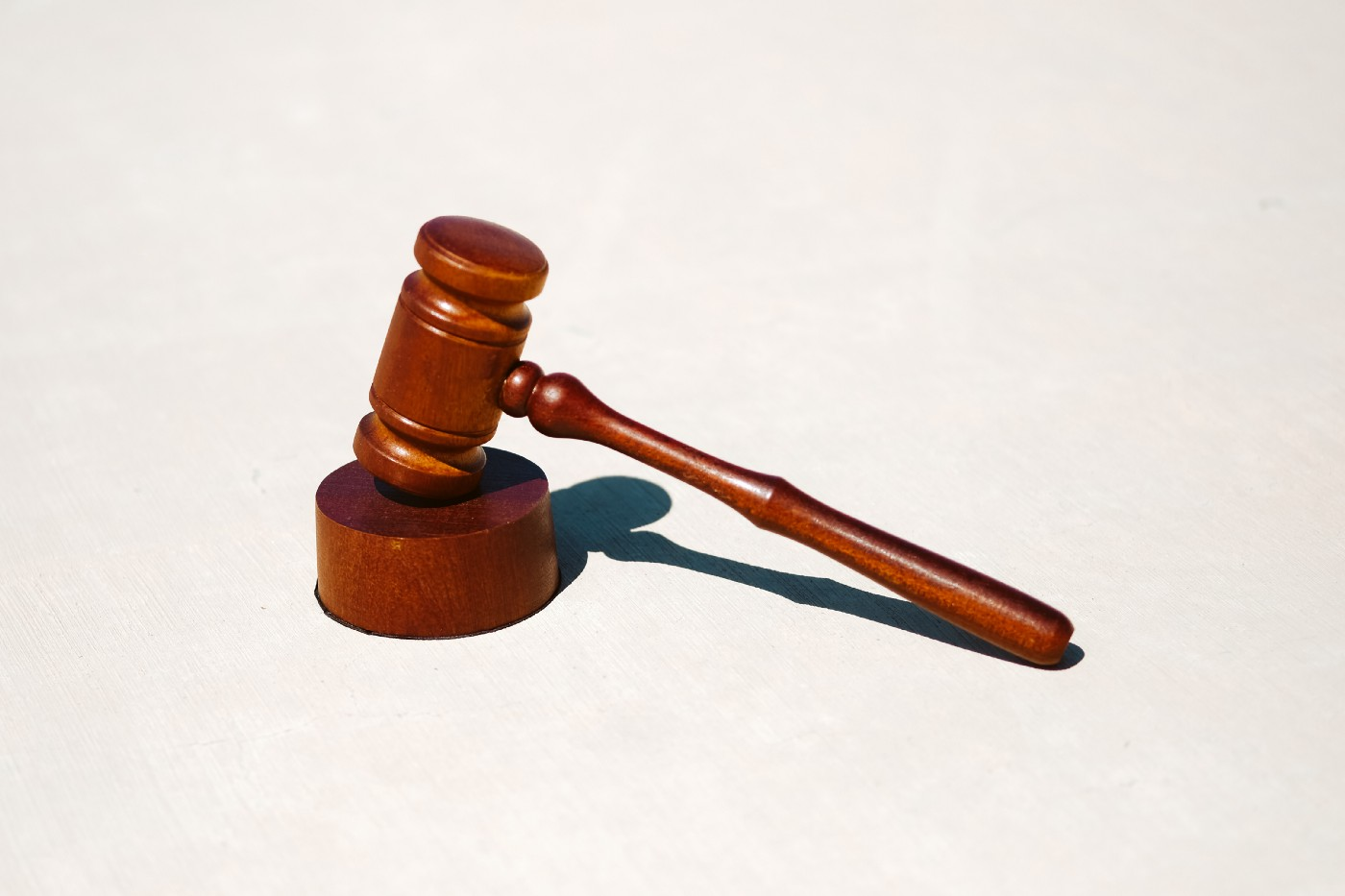


Sometimes they pop up unexpectedly in the midst of conversation. Requirements/Specifications – You’ll need to develop a spidey-sense for when requirements are coming during discussion.Much of that detail won’t be valuable later but clearly defining the outcome and decision agreed to by the group is essential. Decisions – Plenty of meetings get deep into the weeds of debate around features and approach.These will serve as the foundation to keep everyone aligned and moving forward. Action Items – If nothing else, capture action items (also known as to-dos, tasks, action requests, or by plenty of other terms in different organizations).In fact, please don’t human speech is often somewhat incoherent when written down verbatim and makes you read an excessive amount of information to find the valuable bits. You’re not a court reporter whose job is to capture what was spoken word-for-word. The most detailed and in-depth notes often end up being nearly worthless given context in which they were taken. The arguably more important of the two is leading the meeting, so creating note taking strategies that are compatible with continual context-switching is a must.

Switching between those two roles while managing a planned agenda (and doing it well) can be a daunting challenge. Those responsibilities require different skills and different parts of the brain one role is presenting and managing the direction of the meeting (usually involving sharing information and knowledge along the way), while the other is actively listening, processing, documenting, and reacting. Often this setting requires that the project manager both lead the meeting and take notes at the same time. It’s important to start by identifying my most common note scenario for some context: taking notes as a project manager in a group meeting, whether on a call with many stakeholders or in a planning session with your core team. Let’s begin by tackling the big problem with note-taking.

#TEAMS NOTETAKER HOW TO#
How To Refine Your Note Taking Strategies For More Efficient Notes.Which Items To Write Down And Which To Avoid When Taking Notes During Meetings.The Biggest Problem Preventing You From Taking Good Note.Now I’d like to share that system with you! I was recently asked by a mentee what are my note taking strategies, which led to breaking down my approach in a systematic fashion. Note taking is no different what may look like art is often the manifestation of deeply-rooted practices refined by time and repetition. While I don’t disagree, there’s usually significant rigor and process (the “science”) behind the practice of the world’s best artists. Some people call effective note taking an art. With so many note taking strategies out there, how do you choose the right one for you? Why hasn't work? Transform your work with Smartsheet.


 0 kommentar(er)
0 kommentar(er)
